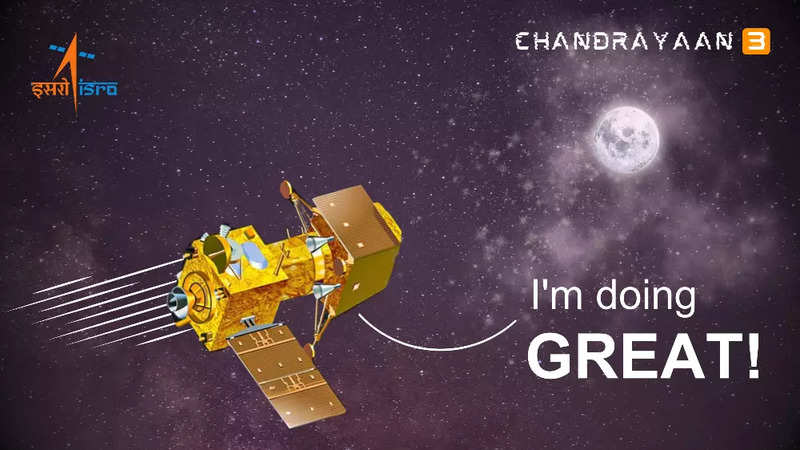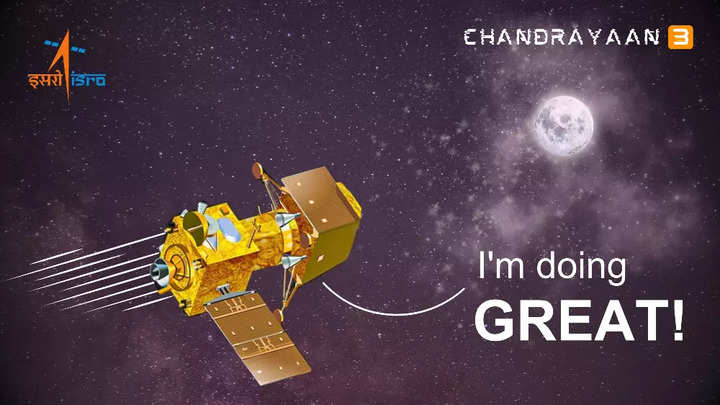

Chandrayaan 3 mission spacecraft is on its way to the Moon after leaving the Earth‘s orbit. The spacecraft, which began its journey on July 14 remained in the Earth’s orbit for two weeks and moved into the translunar orbit in the early hours of Tuesday.
“Chandrayaan 3 completes its orbits around the Earth and heads towards the Moon,” Indian Space Research Organisation (ISRO) said in a tweet.
“A successful perigee-firing performed at ISTRAC, #ISRO has injected the spacecraft into the translunar orbit. Next stop: the Moon,” it added.
Read Also

LOI planned for August 5
ISRO said that the Lunar-Orbit Insertion (LOI) is planned for August 5, 2023. This means that the Chandrayaan-3 spacecraft will take about four days to enter lunar orbit and will revolve around the Moon like it had been going around the Earth until now.
While revolving around the Earth, it went far from the surface of the Earth and when revolving around the Moon, it will come nearer to the lunar surface. During the next 18 days, the spacecraft will reduce its velocity and orbit in preparation for the landing.
From a final orbit of 100km, the lander rover module will separate from the propulsion module and will descend to the Moon’s surface on August 23. The lander rover will touch down near the landing site selected for Chandrayaan-2.
The spacecraft will land near the moon’s southern pole as the region remains permanently in shade. The space agency selected the site because the craters in these areas are thought to store water ice and precious minerals.
Read Also

“The Lander will have the capability to soft land at a specified lunar site and deploy the Rover which will carry out in-situ chemical analysis of the lunar surface during the course of its mobility. The Lander and the Rover have scientific payloads to carry out experiments on the lunar surface,” ISRO said.
According to ISRO, the Chandrayaan-3 mission will last for one lunar day which is approximately equal to 14 Earth days. The mission objectives of Chandrayaan-3 are: to demonstrate a safe and soft landing on the lunar surface, to demonstrate Rover roving on the moon and to conduct in-situ scientific experiments.
FacebookTwitterLinkedin
end of article